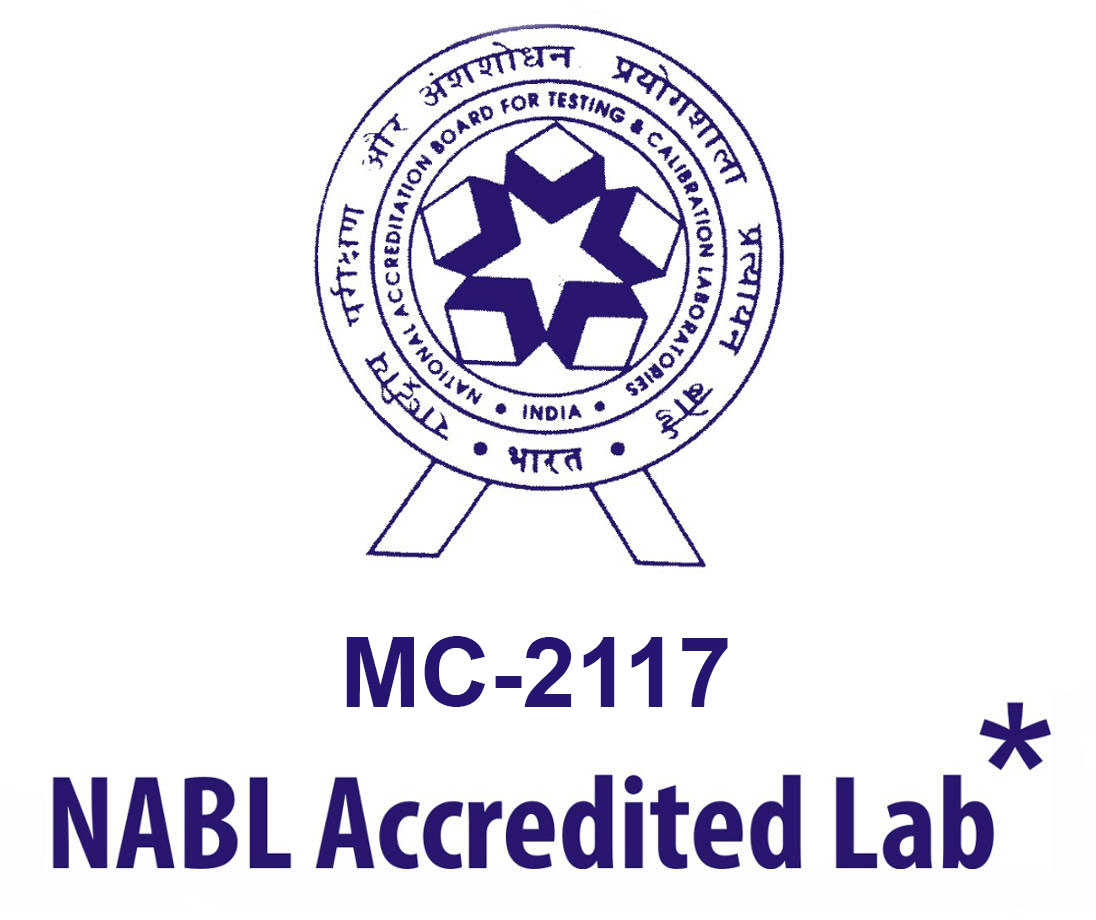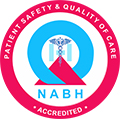PET/CT scan is taken for all types of cancer and is considered to be an accurate diagnosis for cancer. It helps detect cancerous cells, the stage, spread of the disease and if surgery can be done to remove the cancer. The treatment progress also can be checked with PET/CT scan. After the treatment, the PET scan and cancer diagnosis are taken to check for the success of the treatment. It may show scar tissues and the scan tests will also confirm if these are active cancerous cells or not.
PET scan can be performed with your own clothing or the gown offered at the diagnostic center. If the scan is taken on young women, it is important to know if they are pregnant or breastfeeding mothers. Doctors at the center for PET scan in Chennai may suggest pumping breast milk prior to the test to be used post the test or till the radioactive material is completely eliminated from the body. It is also important to inform the technologist or your physician on any pre or existing medical condition, medications and health supplements. Instructions of the type of PET scan taken will be provided to the patient. A special instruction manual is provided to diabetic patients. Metal objects like eyeglasses, hairpins, dentures and jewelry are removed before the test as it may affect the outcome. Any dental work or hearing aids should also be removed before going for the test.
Also Read : Sound Reasons Why You Need A PET CT Scan
The body should be cleansed before the PET scan is taken and the patient may be asked not to eat for a few hours before the test. The reasons being, food may alter the proper distribution of the PET tracer leading to suboptimal scan. Sugary drinks or high calorie fluids should not be taken hours before the scan, though a patient is encouraged to drink water. Diabetic patients are given special instruction to prepare for the test. Any medications or allergy to medicines have to be informed in advance. Follow the instructions given at the scan center to the core to avoid repetition of the scan.
The preparation process in detail
Once the patient arrives at the scan center, a radiographer gives you a hospital gown to change into. Then you are asked to remove any pieces of metal on your body, this includes jewelry, accessories, dentures and hearing aids. The radiotracer dye is injected into the body through a plastic tube known as cannula into your arm. During the period when the scan is taken you need to rest completely and refrain from any body movement. It facilitates even spread of the medicine inside the tissues and organs.
What happens inside the scanning room?
Once you are taken into the scan room, you are positioned on the examination table and the radiographer leaves you there. They will be able to monitor you through a TV screen or window from the control room. Any communication between the radiographer and the patient takes place via the intercom. The complete scan process is painless and is uncomfortable as you stay still. The radiographer will tell you if you are stiff and when a little movement to the body can be given. The process is noiseless, though background noise can be heard at times. The radiographer will come back and lower the couch to help you get down from it with ease.
What happens after the PET/CT Scan?
After the imaging is complete, the radiographer removes all the tubes and you are free to go home. You can start your normal diet once you are home. For some, the medicine effect may make them feel drowsy and they may need the help of friend or relative to reach home safely. It is advised not to drive immediately after the process is over. Since only a small amount of radiation is given, it drains away quickly. Remember not to get in close contact with pregnant women or young children. For those who travel abroad after a scan, it is essential to show the scan appointment letter to the concerned authorities before planning a travel.
Diabetic people are usually called for a scan during mid day after a light breakfast and intake of normal morning diabetic medicine course. You are expected not to take anything for hours prior to the scan except water. Also stay away from insulin. All the medicines and pills have to be brought to the scan center. Blood sugar levels are checked before the test starts. If the levels are not within the normal levels, the test may be cancelled.
Risks involved
The test is safe as very minimal level of radioactive material is used. Though, one cannot completely rule out risk. The doctor and radiographer will ensure that the tests benefits are higher than the risks involved. Drinking plenty of water after the scan flushes out the drug from the system.
The results may take about two weeks time. The waiting period is filled with anxiety. Ask the doctor or the nurse when the results will be made available. If there is no reply after two weeks, call on them to check about the status of your test reports.









